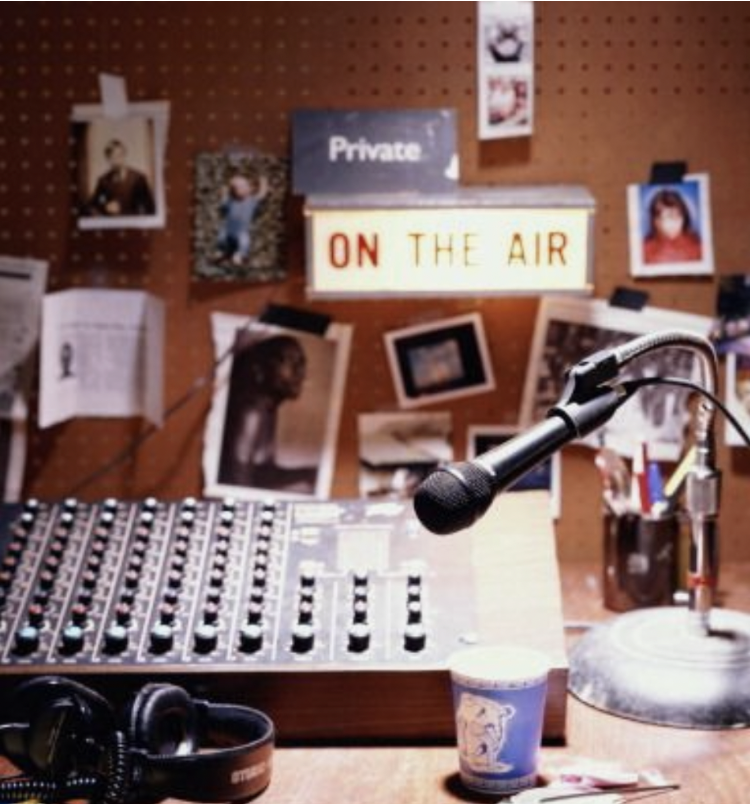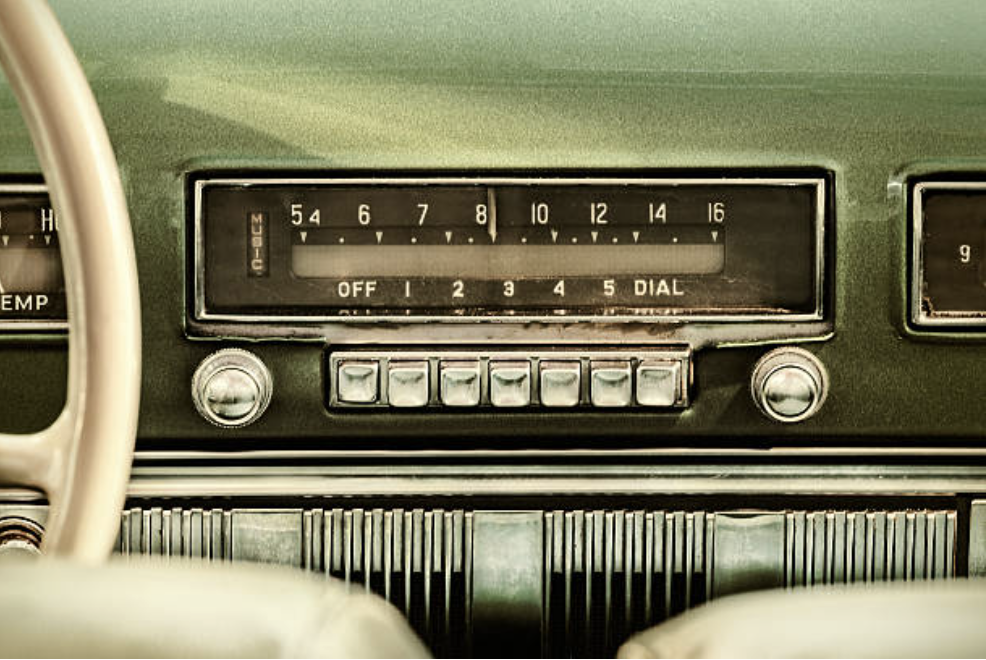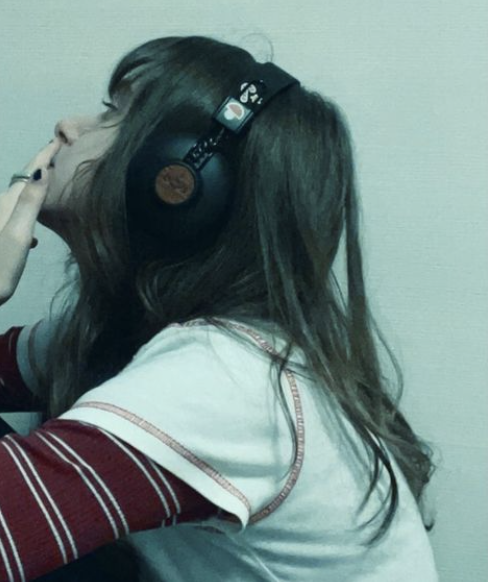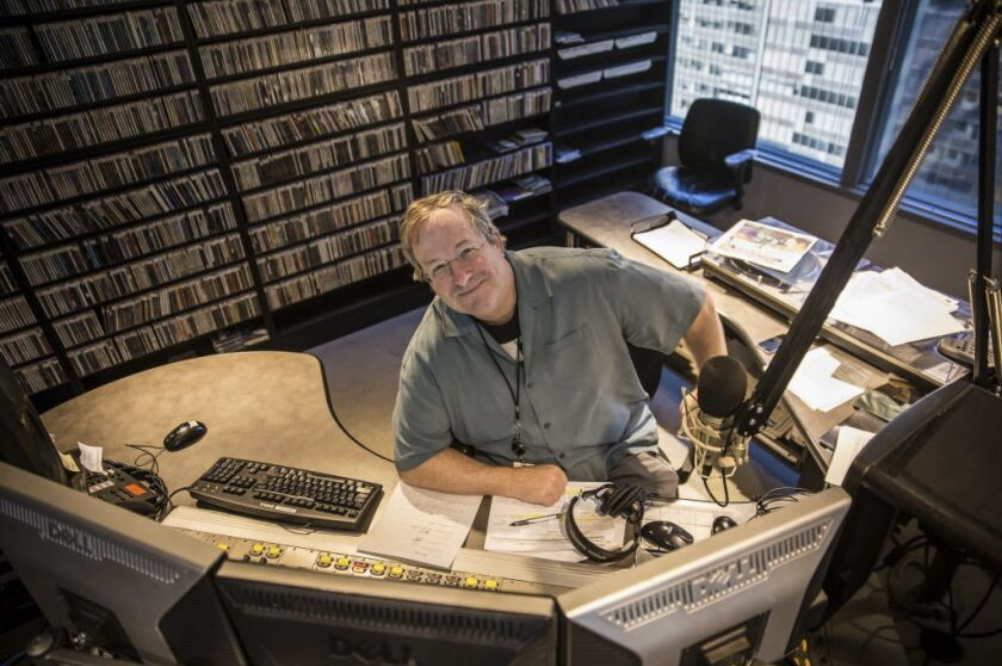Lonely Listening
Image Courtesy: Pinterest
When I was young, growing up amid Chicago’s plethora of radio broadcasting channels, my family never had any shortage of music options. Driving me to school, my mom would turn the dial to 94.7 WLS to hear – as I proclaimed along with the announcer – Chicago’s Classic Hits, a mix of popular tracks and old favorites. Dad’s music, on the other hand, was 97.1 (“The Drive”) and 93-XRT, stations that first taught me Tom Petty, the Rolling Stones, Journey, the Cure and all the other greats who would take far too long to name. My favorite, though, was Sunday morning Breakfast with the Beatles. I was entranced by the music, but also by all that I learned from the show. Each two-hour installation introduced me to exciting and unexpected information: live recordings, debates about songs’ authorship, analysis of musical techniques and the way rock music has changed over time. The experience was made more powerful by the sense of others listening alongside me–in a small way my family as we went about our Sunday morning, but on a larger scale all of the Chicagoans who faithfully tuned in to 93.1 FM every weekend.
This collective experience is what gives radio shows their power, and what makes them an entirely unique form of media. No matter where you’re from, when you flip the dial to a station, you are immediately thrust into a community of listeners. You are hearing the same music–all of its emotion and beauty and utter human-ness–at the same time as innumerable other people. When you shiver at the start of a beautiful melody, you wonder if anyone experiences it too. When you quiet all your passengers to hear your favorite song in perfect clarity, you imagine other drivers doing the same. When you shout lyrics as loud as you can, you know–know–everyone else is doing it too, even though you can’t hear them. Such is the force of the radio. Life can be incredibly lonely, but turning a tiny knob can instantly connect you to thousands of people you’ve never seen, and will never know.
Image Courtesy: IStock Photo
Furthermore, local radio stations are intertwined with their listeners’ identities. To be from Chicago is to know B-96 and WKLS and to occasionally be bored by WBEZ (the talk radio station of which so many parents are fond). When I was a kid, everyone at school knew, and listened to, our favorite hosts. Lin Brehmer, Mary Dixon, and Terri Hemmert felt like old friends, accompanying me on every drive, working together to begin the day with good music.
We listened to the radio so much during my childhood that I never even considered streaming services as a way to consume music. I had a radio in my room, and the most agency I ever took over my listening process was to turn off the FM setting and insert one of the three Taylor Swift CDs I owned. Even this type of listening was vastly different from the Spotify, Apple Music, and Pandora of today. CDs are curated by someone else; the artist picks the songs and the order, and the sequence gives the entire experience greater meaning. When I first created a Spotify account in high school, I found myself uncertain. I was supposed to select my own music? I could play songs in any order I liked? The freedom was daunting; I had no idea where to start.
Image Courtesy: Pinterest
While streaming services are more accessible and convenient–as a college student, I rarely drive anywhere, and my childhood radio stopped working years ago–I feel that something is fundamentally missing every time I turn on music. Yes, streaming allows me to pick the songs I want, when I want. This feature doubtlessly indulges contemporary wishes for instant gratification and the modern obsession with personalized experiences. However, listening in this way can make music overwhelmingly lonely. There is no one thoughtfully curating the sequence of tracks, introducing me to songs I would otherwise never have heard. There is no one hearing the same thing at the same time; the shared experience is gone. The rise of streaming services has cut people off from this means of human connection.
It makes me wonder – is this how we are meant to listen?
We talk about music with our friends, introducing new songs and contemplating lyrics’ meanings. We follow artists on social media, joining throngs of other users to like images of their tours and release announcements. We go to concerts to feel our voice lost in a sea of other fans, all screaming the same words. These examples of fellowship are music at its most natural. Shouldn’t we listen together, too?
Regardless of my affinity for radio shows, I can’t deny that they are declining, losing listeners to the world’s numerous streaming platforms. With the death of Lin Brehmer, a Chicago radio legend, at the start of this year, I began to reflect on this trend. Something has been irrevocably lost with Brehmer’s thoughtful stories, humor, and track lineups on WXRT. Will there ever be radio hosts like him again?
Image Courtesy: Chicago Sun Times
In a song I almost certainly heard for the first time on the radio as a kid, Joni Mitchell declares, “You don’t know what you got ‘til it’s gone.” I fear this is true–we won’t miss radio until streaming takes over, and we spend our days stuck in our own lonely worlds of exceedingly personalized playlists. However, I see something honorable in standing with it at the end of its era. There may yet be hope if we listeners continue to model radio shows’ radical method of creating community.
Strike Out,
Olivia Schmitt
University of Notre Dame
Editors: Isabelle Camillieri, Victoria Dominesey, Maddie Arruebarrena




